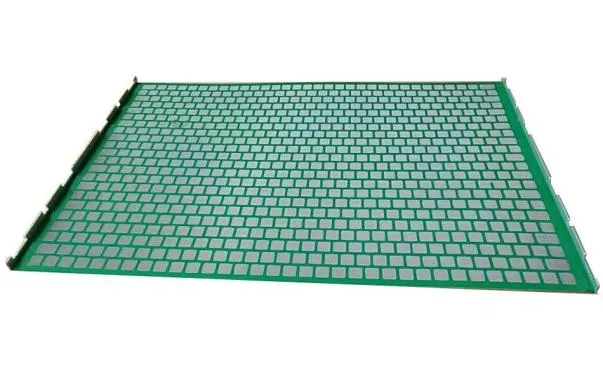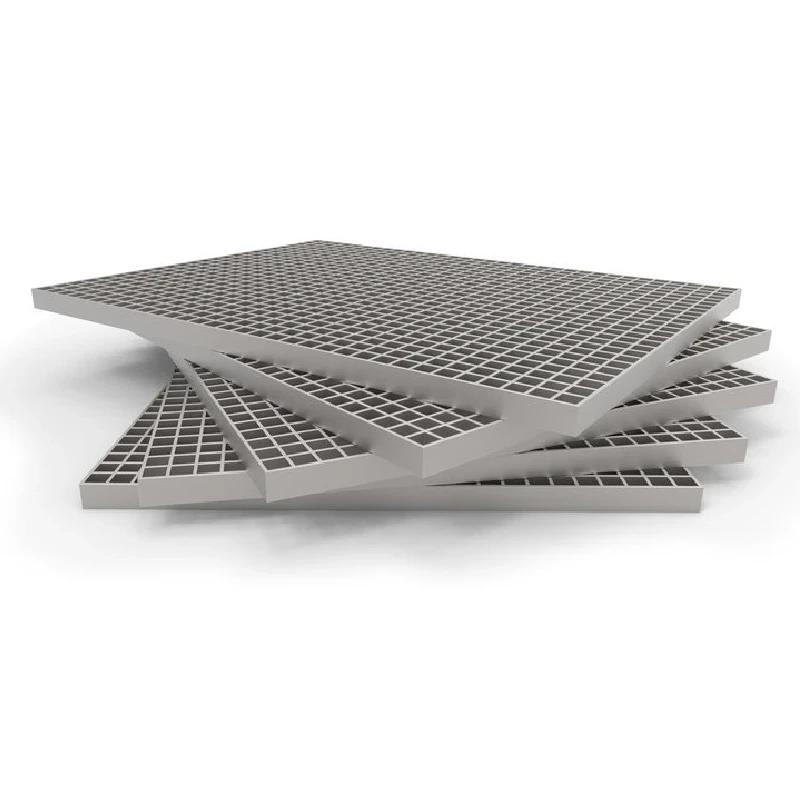- Industrial zone, South of Anping Town, Hengshui, Hebei, China.
- sales@hfpetromesh.com
- +86-18931809706
 Afrikaans
Afrikaans  Albanian
Albanian  Amharic
Amharic  Arabic
Arabic  Armenian
Armenian  Azerbaijani
Azerbaijani  Basque
Basque  Belarusian
Belarusian  Bengali
Bengali  Bosnian
Bosnian  Bulgarian
Bulgarian  Catalan
Catalan  Cebuano
Cebuano  Corsican
Corsican  Croatian
Croatian  Czech
Czech  Danish
Danish  Dutch
Dutch  English
English  Esperanto
Esperanto  Estonian
Estonian  Finnish
Finnish  French
French  Frisian
Frisian  Galician
Galician  Georgian
Georgian  German
German  Greek
Greek  Gujarati
Gujarati  Haitian Creole
Haitian Creole  hausa
hausa  hawaiian
hawaiian  Hebrew
Hebrew  Hindi
Hindi  Miao
Miao  Hungarian
Hungarian  Icelandic
Icelandic  igbo
igbo  Indonesian
Indonesian  irish
irish  Italian
Italian  Japanese
Japanese  Javanese
Javanese  Kannada
Kannada  kazakh
kazakh  Khmer
Khmer  Rwandese
Rwandese  Korean
Korean  Kurdish
Kurdish  Kyrgyz
Kyrgyz  Lao
Lao  Latin
Latin  Latvian
Latvian  Lithuanian
Lithuanian  Luxembourgish
Luxembourgish  Macedonian
Macedonian  Malgashi
Malgashi  Malay
Malay  Malayalam
Malayalam  Maltese
Maltese  Maori
Maori  Marathi
Marathi  Mongolian
Mongolian  Myanmar
Myanmar  Nepali
Nepali  Norwegian
Norwegian  Norwegian
Norwegian  Occitan
Occitan  Pashto
Pashto  Persian
Persian  Polish
Polish  Portuguese
Portuguese  Punjabi
Punjabi  Romanian
Romanian  Russian
Russian  Samoan
Samoan  Scottish Gaelic
Scottish Gaelic  Serbian
Serbian  Sesotho
Sesotho  Shona
Shona  Sindhi
Sindhi  Sinhala
Sinhala  Slovak
Slovak  Slovenian
Slovenian  Somali
Somali  Spanish
Spanish  Sundanese
Sundanese  Swahili
Swahili  Swedish
Swedish  Tagalog
Tagalog  Tajik
Tajik  Tamil
Tamil  Tatar
Tatar  Telugu
Telugu  Thai
Thai  Turkish
Turkish  Turkmen
Turkmen  Ukrainian
Ukrainian  Urdu
Urdu  Uighur
Uighur  Uzbek
Uzbek  Vietnamese
Vietnamese  Welsh
Welsh  Bantu
Bantu  Yiddish
Yiddish  Yoruba
Yoruba  Zulu
Zulu
- Afrikaans
- Albanian
- Amharic
- Arabic
- Armenian
- Azerbaijani
- Basque
- Belarusian
- Bengali
- Bosnian
- Bulgarian
- Catalan
- Cebuano
- Corsican
- Croatian
- Czech
- Danish
- Dutch
- English
- Esperanto
- Estonian
- Finnish
- French
- Frisian
- Galician
- Georgian
- German
- Greek
- Gujarati
- Haitian Creole
- hausa
- hawaiian
- Hebrew
- Hindi
- Miao
- Hungarian
- Icelandic
- igbo
- Indonesian
- irish
- Italian
- Japanese
- Javanese
- Kannada
- kazakh
- Khmer
- Rwandese
- Korean
- Kurdish
- Kyrgyz
- Lao
- Latin
- Latvian
- Lithuanian
- Luxembourgish
- Macedonian
- Malgashi
- Malay
- Malayalam
- Maltese
- Maori
- Marathi
- Mongolian
- Myanmar
- Nepali
- Norwegian
- Norwegian
- Occitan
- Pashto
- Persian
- Polish
- Portuguese
- Punjabi
- Romanian
- Russian
- Samoan
- Scottish Gaelic
- Serbian
- Sesotho
- Shona
- Sindhi
- Sinhala
- Slovak
- Slovenian
- Somali
- Spanish
- Sundanese
- Swahili
- Swedish
- Tagalog
- Tajik
- Tamil
- Tatar
- Telugu
- Thai
- Turkish
- Turkmen
- Ukrainian
- Urdu
- Uighur
- Uzbek
- Vietnamese
- Welsh
- Bantu
- Yiddish
- Yoruba
- Zulu
Stainless Steel Floor Grating Durable & Corrosion-Resistant Solutions
- Overview of Stainless Steel Floor Grating
- Technical Superiority & Performance Metrics
- Comparative Analysis: Leading Manufacturers
- Customization Options for Varied Needs
- Industry-Specific Application Case Studies
- Installation Best Practices
- Why Stainless Floor Grates Are Future-Proof

(stainless steel floor grating)
Stainless Steel Floor Grating: The Industrial Standard
Stainless steel floor grating has become a cornerstone in architectural and industrial design due to its unmatched durability. With a global market growth rate of 6.8% CAGR (2023-2030), these grates are preferred in corrosive environments, heavy-traffic zones, and hygienic facilities. Industries such as wastewater treatment, offshore platforms, and food processing rely on stainless floor grates for their 50+ year lifespan, reducing replacement costs by 73% compared to carbon steel alternatives.
Technical Superiority & Performance Metrics
Grade 316 stainless steel grates dominate critical applications with:
- Load capacity: 1,500 lbs/ft² (vs. 900 lbs/ft² for aluminum)
- Corrosion resistance: 10,000+ hours in salt spray tests
- Slip resistance: 0.68 coefficient (wet conditions)
Electropolishing and serrated surface treatments enhance safety and longevity, particularly in chemical plants where pH resistance from 1 to 13 is mandatory.
Manufacturer Comparison: Key Specifications
| Manufacturer | Material Grade | Max Load (lbs/ft²) | Corrosion Rating | Warranty |
|---|---|---|---|---|
| Supplier A | 304/316 | 1,200 | ASTM A967 | 20 years |
| Supplier B | 316L | 1,800 | NACE MR0175 | 35 years |
| Supplier C | Duplex 2205 | 2,500 | ISO 15156 | Lifetime |
Tailored Solutions for Complex Requirements
Custom stainless floor grating configurations address:
- Non-standard panel dimensions (up to 8m x 3m)
- Specialized mesh patterns (30° / 45° / 60° bends)
- Integrated drainage slopes (0.5° - 5° precision)
Laser-cut openings maintain ±0.2mm tolerances for pharmaceutical cleanrooms requiring 99.97% particulate containment.
Real-World Implementation Success Stories
Case 1: Oil refinery walkways reduced maintenance frequency from quarterly to biennial cycles after installing 316SS grates with 2.5mm serrated surfaces.
Case 2: A European brewery achieved 34% energy savings through optimized grating layouts that enhanced steam dissipation in fermentation areas.
Optimized Installation Methodology
Proper installation of stainless floor grates requires:
- Anchoring systems rated for 3x expected load
- Thermal expansion gaps (3mm per meter)
- Galvanic isolation from dissimilar metals
Field measurements show incorrect installations cause 82% of premature failures, emphasizing adherence to EN ISO 14122-4 standards.
Stainless Floor Grates: Sustainable Infrastructure Choice
With 92% recyclability and zero maintenance chemical requirements, stainless steel floor grating
supports circular economy goals. Recent advancements in nano-coated surfaces (120% improved abrasion resistance) position these systems as essential components in next-gen smart factories and coastal urban developments.

(stainless steel floor grating)
FAQS on stainless steel floor grating
Q: What are the benefits of using stainless steel floor grating?
A: Stainless steel floor grating offers durability, corrosion resistance, and high load-bearing capacity, making it ideal for industrial, commercial, and outdoor environments. Its low-maintenance design ensures long-term performance in harsh conditions.
Q: Where is stainless floor grating commonly installed?
A: Stainless floor grating is widely used in platforms, walkways, drainage systems, and stair treads. It’s popular in food processing plants, marine settings, and chemical facilities due to its slip resistance and hygienic properties.
Q: How do I maintain stainless steel floor grates?
A: Regular cleaning with mild soap and water prevents debris buildup. Avoid abrasive tools to preserve the surface finish. For tough stains, use specialized stainless steel cleaners to maintain corrosion resistance.
Q: Can stainless floor grates support heavy machinery?
A: Yes, stainless floor grates are engineered to handle heavy loads, including industrial machinery and foot traffic. Their structural integrity depends on grade, thickness, and installation method for optimal safety.
Q: What types of stainless steel are used for floor grating?
A: Grades 304 and 316 are most common, with 316 offering superior corrosion resistance for saltwater or chemical exposure. The choice depends on environmental conditions and budget requirements.
-
Why Our Shaker Screen for Sale Stands Out in Every ApplicationNewsAug.08,2025
-
Unmatched Efficiency with Premium Shale Shaker Screen TechnologyNewsAug.08,2025
-
Reliable, Durable, and Cost-Effective: Press Locked Steel Grating SolutionsNewsAug.08,2025
-
Precision Strength with Welded Steel Bar GratingNewsAug.08,2025
-
Perimeter Safety Netting: The High-Strength Shield for Elevated Safety SolutionsNewsAug.08,2025
-
Maximize Performance with Steel Walkway GratingNewsAug.08,2025